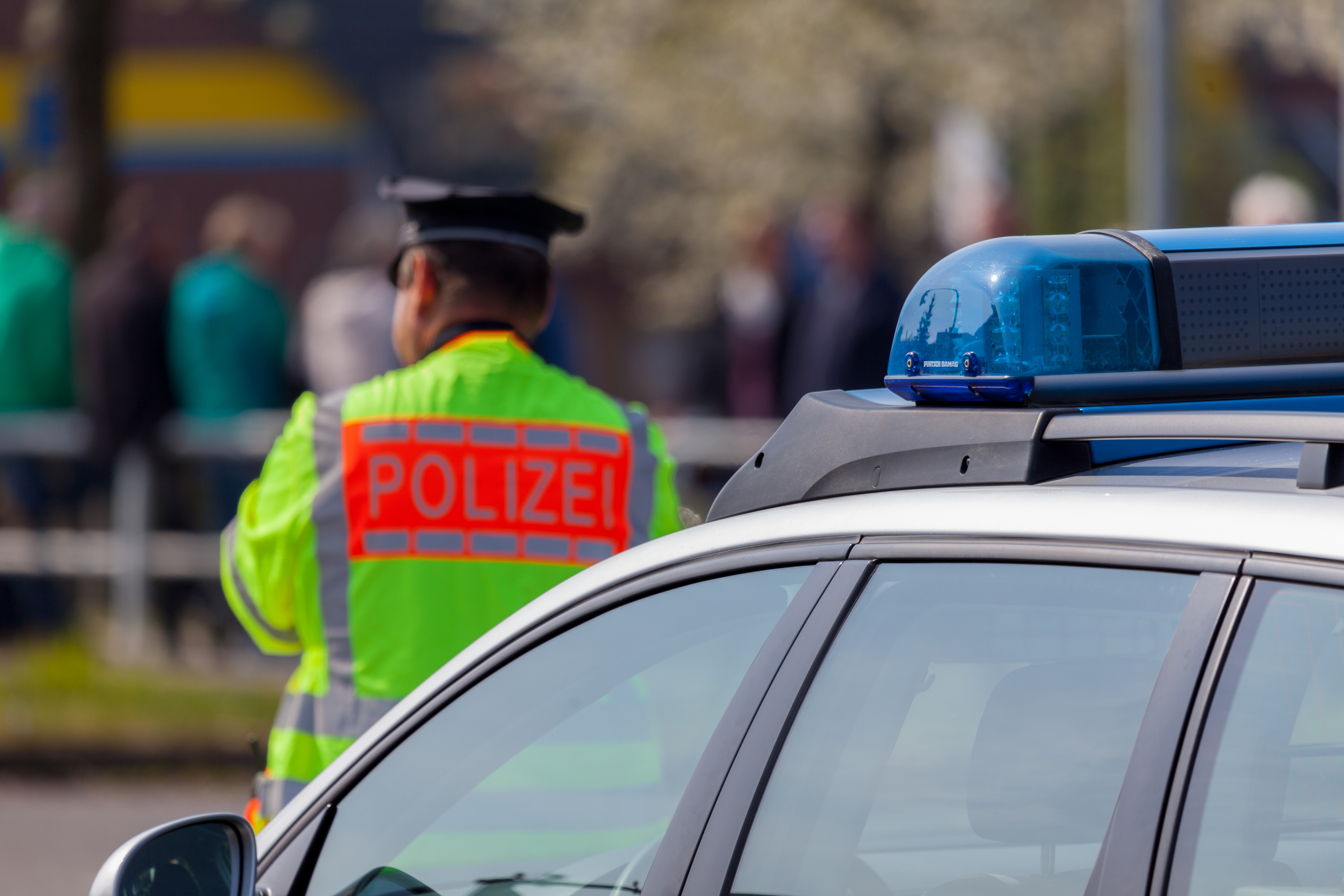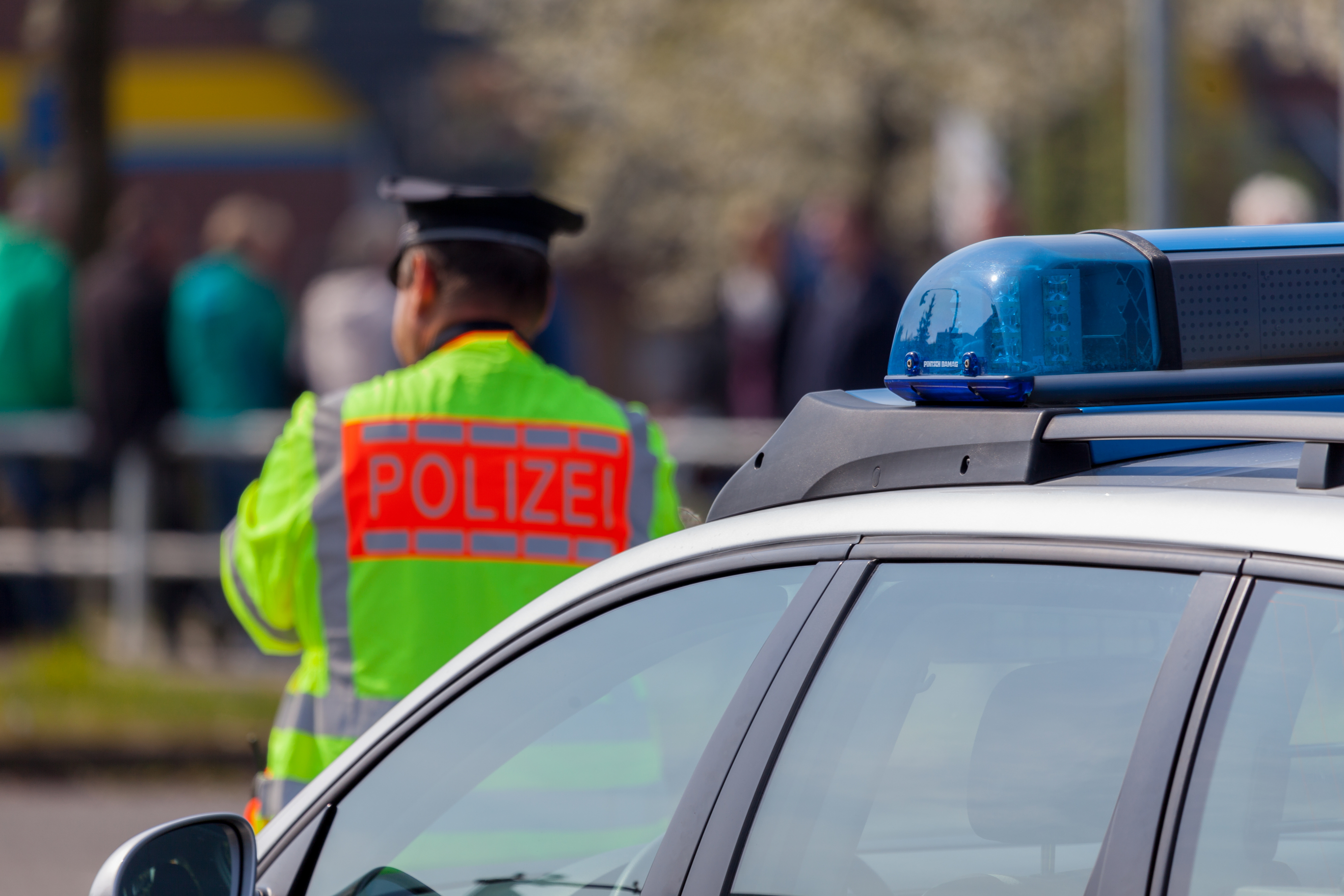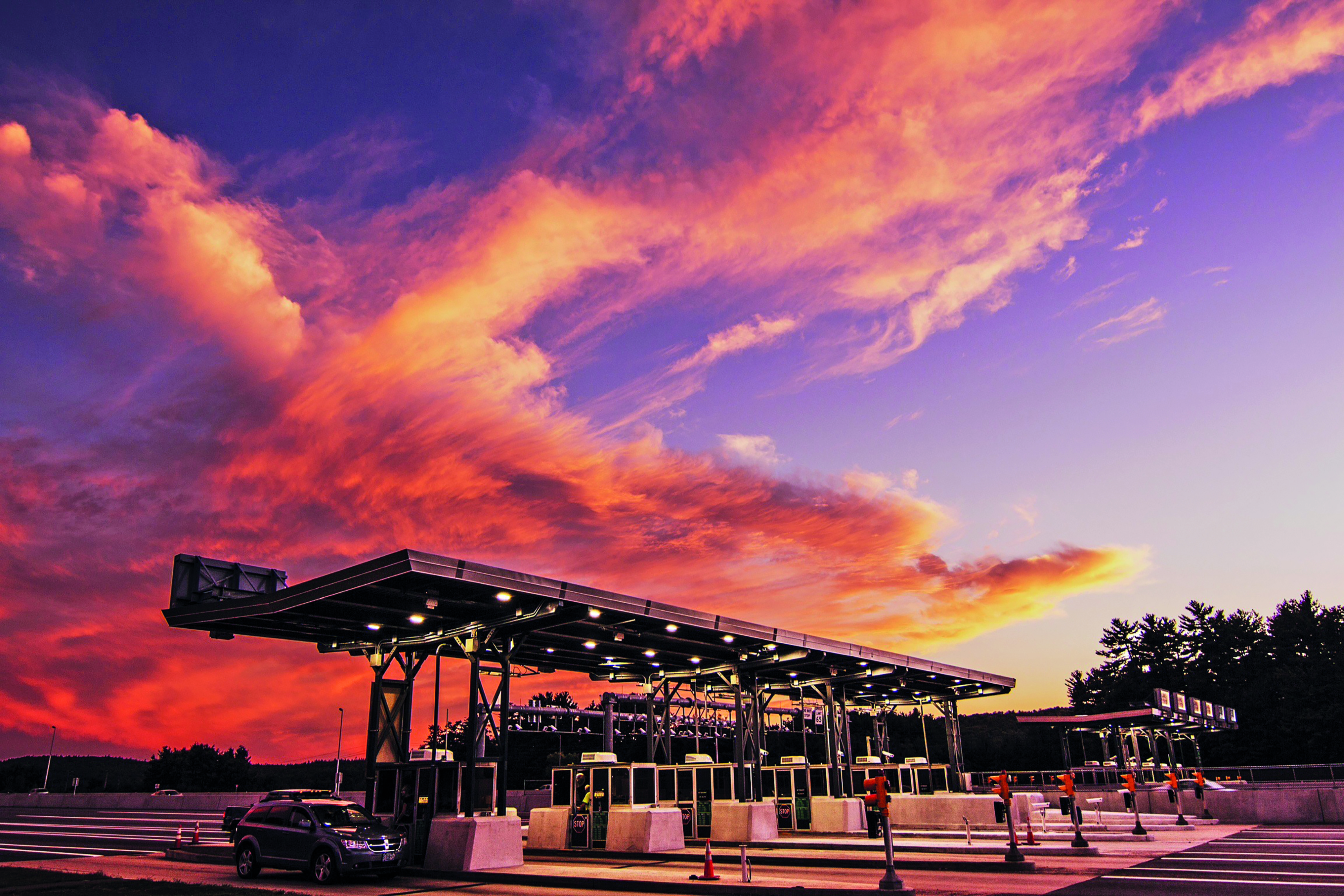
Europe’s leading traffic police chiefs are struggling with the challenge of how best to manage the region’s road network in an era of austerity. Things are changing fast,
and not for the better, reports Geoff Hadwick.
Europe’s road safety record is under threat. Police budgets are being slashed, staff numbers are falling and a long-term trend towards ever-fewer road deaths has ground to a halt. The line on the graph has flat-lined. Does Europe’s road network face a far more dangerous future?
Lower and lower funding levels have become a very worrying problem for the EU’s traffic police bosses. They know that they have got to find new ways to focus road users on changing their behaviour patterns if accident statistics across the region are not going to start deteriorating fast. These are hard times and the spending crisis is biting hard.
In an opening message to the 2017 TISPOL European Traffic Police Network conference in Manchester, the organisation’s general secretary Ruth Purdie said: “We must continue to find ways of making reduced budgets stretch further. Road safety professionals across Europe want good, evidence-based examples of cost-effective solutions as they continue towards the tough target of halving the number of people killed on Europe’s roads by 2020.”
Road deaths increase?
A tough target indeed: speaker after speaker at TISPOL 2017 agreed that the EU’s official 50% improvement target is no longer within reach. In fact, many participants were clearly worried about the situation starting to go backwards. Is the number of road deaths about to go up again?
TISPOL president Colonel Paolo Cestra, commander of the National Traffic Police in L’Aquila in Italy, caught the mood of the conference when he said: “The EU target of a 50% reduction in the number of road deaths by 2020 will be truly challenging. There is a real war on our roads. 70 people are killed every day on Europe’s highways and we continue to think in numbers. We must stop doing this and think in terms of people and lives.”
In fact, according to Cestra, a 10% to 20% improvement in the number of road deaths is probably the best that the EU can hope for now. A halving of the numbers looks increasingly impossible. The statistics are “not going to decrease in the future like they have done in the past”. Why not? “We face more and more challenges and new enemies all the time. Technology used to be our friend, but today we see more and more road users misusing these technologies.” Cestra means people driving while looking at mobile phones, laptops, iPads and so on: “We must fight as hard as we can to stop the use of these technologies at the wheel.”
Three pillars
The common goal is changing behaviour, Cestra continued. “We all need to work on changing the way in which our roads are used in an era of austerity, reduced police numbers and increasing road deaths.” Road safety is everyone’s responsibility he added, asking TISPOL members across the EU to put strategies in place based on three pillars: education, enforcement and engineering. Traffic police officers must “work hard at changing the behaviour of drivers” and use TISPOL as “a platform for sharing good practice and denying criminals the opportunity to use our roads”.
Sonya Hurt, chair of Road Safety GB, echoed Cestra’s call. “Engineering solutions have played an important role (in improving road safety) in the past,” she said. “But now the long-term focus needs to be on behaviour. The two most important things now are changing driver behaviour and enforcing those changes … enforcement is key.”
And there is still a lot of work to do in these areas. Progress remains painfully slow. Keynote speaker Moyagh Murdock from the Road Safety Authority in Ireland reminded the police chiefs that “we are still battling with problems like alcohol and drug abuse” as well as the “insufficient” use of seat belts, reckless speeding and the use of mobile phones at the wheel.
“It is a big challenge to get legislative change in place in a place like Ireland,” she told the conference, “when we have publicans and hoteliers sitting as MPs in parliament.” She suggested they are an in-built lobby group that prefers a lenient approach. “What we need now is more investment in road safety,” Murdock said, not less. “There aren’t enough new roads and not enough improvements being built in our road structures. We are running into problems like people never receiving their fixed penalty notices.” And this is all aided and abetted by “a sympathetic judiciary”. Ireland’s public austerity programme since the global financial crash has, in effect, pushed the road safety agenda backwards, she said.
Going backwards
You can quite easily see the effects and lack of progress, she added. “There was a 15% increase in the number of road deaths in 2016 [in Ireland] and we have gone backwards. We have to ask ourselves what is happening out there. It is just not good enough.”
She wondered if changes like this might also be related to a “crisis of confidence” in breathalyser tests in the last 18 months in her country, and in a traffic police system that has seen its budgets slashed and is “not seen on the roads as much as it used to be.”
She is also worried about the effect of commentators like Danny Healy-Rae, an independent politician and Teachta Dála (TD) for the Kerry constituency in southern Ireland, who has suggested it is acceptable for people in rural areas to drive home from a pub after drinking three glasses of Guinness. “He is typical of the sort of challenge we face,” Murdock said.
Like many of the TISPOL delegates, Murdock also called for much more accurate and robust data. Better monitoring and measurement are desperately needed. She referred to a five-year study in Ireland which has revealed that 38% of all fatal road crashes (there) had alcohol as a factor, and called for more of this sort of research. “We have to make data anonymous,” she suggested. “We have got to make our data more reliable, and we have got to make it national. We need more data fields and we need to export the information to straightforward (easy to access) databases. We need more information on the pre-crash situation and we need better qualitative info.”
Urgently wanted: new thinking
In a very practical and very down-to-earth presentation at TISPOL, superintendent Martin Cleworth from Cheshire Police in the UK, advised traffic police forces everywhere to embrace as much new technology and as many free-to-air social media channels as possible. Use these new communication channels to get more done with fewer resources, he said.
The future for traffic policing will be in exploiting things like “ANPR (automatic number plate recognition) and dash-cam capability,” Cleworth said. Try to do more with less and “re-invigorate” ideas like “community speed watch” groups where member of the public can be encouraged to help monitor their local roads and to get in touch with the police when they see offences taking place. Cleworth would also like to see “greater regional collaboration on specialisms” such as motorway or truck investigations.
“Innovative engagement” is a good idea he said and he showed delegates how free channels like Twitter can get results and spread the word. A much more open and approachable traffic policing system is needed, he said, and there must be no return to the old way of policing the roads which used a system based on “specialist silos along with a focus on collision data and our agendas” as opposed to the public’s agenda. In the past, too many traffic police forces were “not intelligence-led” and suffered from a “lack of accountability and the limited use of technology”.
Way forward
The best way forward is to have an integrated vision that marries “a modern approach with traditional values”. TISPOL members need to “maintain a force-wide specialist capability” in traffic policing and go on “policing the roads rather than road policing”.
“Listen to your communities,” Cleworth added. “Embrace IT and be innovative and passionate.” And, if you want to make this work, have a clear “police and crime plan” that does not say to people that we, the police, know best. Look for public support and promote what you are doing, he went on. This “reinforces legitimacy” and gets people much more engaged and involved - at all levels. Use social media to share your policing initiatives, to show dash-cam recordings of things like uninsured vehicles being impounded and get back to the founding principles of “the police are the public and the public are the police”.
Finally, there needs to be a move away from the ‘blame game’. “There is too much polarisation around different road users,” he concluded. “Cyclists blame car drivers, car drivers blame truckers, and so on. The truth is if you’re an idiot on a bike, you’ll be an idiot in a car. It is all about the road user and not the vehicle, and we’re all road users.”
The conference also heard papers on post-crash support, the success that Norway is having in tackling drug abuse at the wheel and how best to tackle the special problems posed by
older drivers. Superintendent Jarmo Puustinen of the Finnish Police spoke about how drones are being used to help the traffic police with enforcement and how to use research, statistics and analysis to understand the challenges involved in modern traffic policing. It’s all about how to identify the right opportunities for change.












